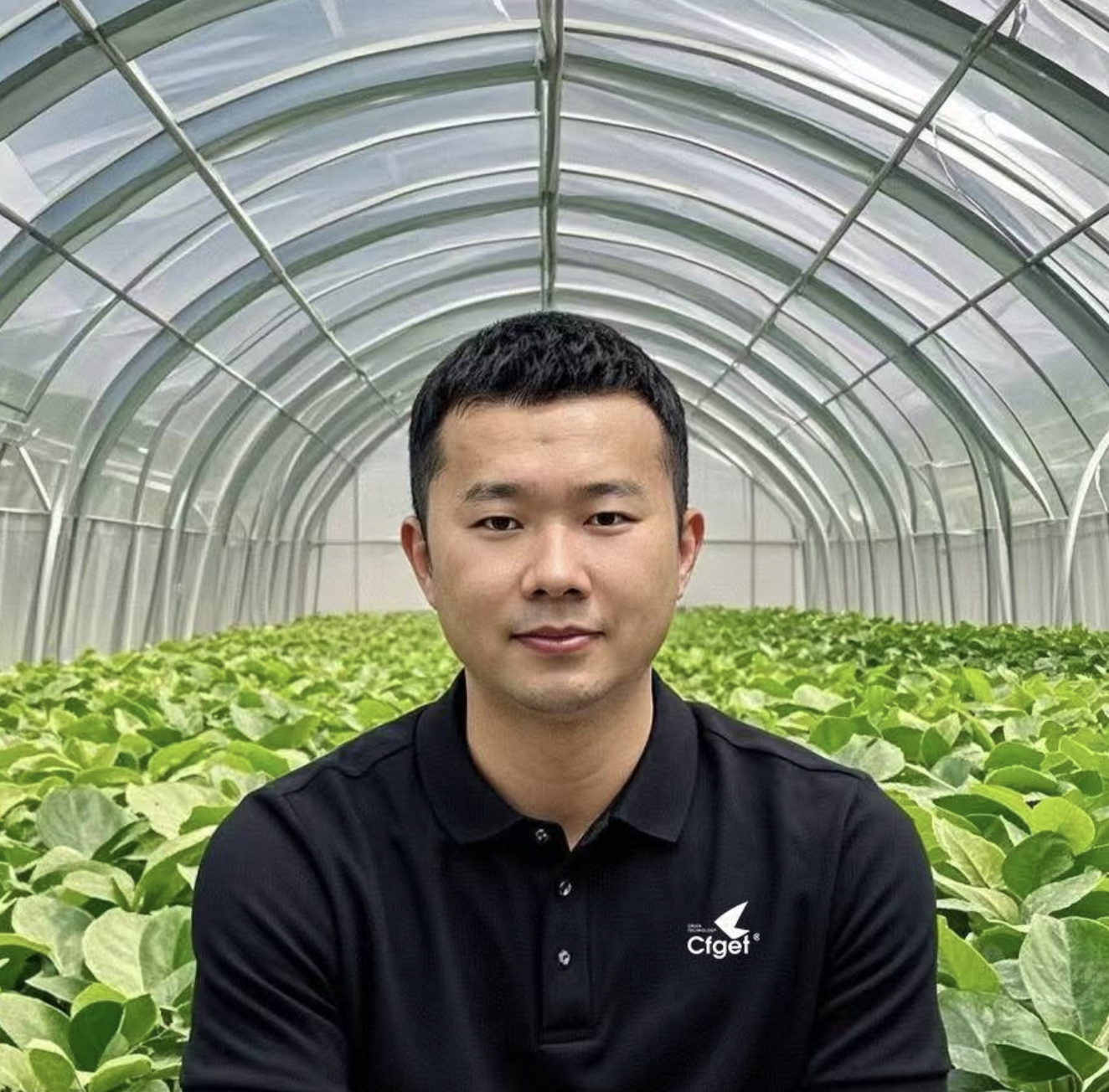In modern agriculture, selecting the right covering material for greenhouses is crucial. According to the latest data, plastic film, polycarbonate (PC) panels, and glass account for 60%, 25%, and 15% of global greenhouse applications, respectively. Different covering materials not only affect the cost of the greenhouse but also directly impact the growing environment and pest control effectiveness. Here is a guide to some common greenhouse covering materials and how to choose them.

1. Plastic Film
Plastic film is one of the most common greenhouse covering materials, widely used in various agricultural productions.
● Advantages:
Low Cost: Plastic film is relatively inexpensive, making it suitable for large-scale planting.
Lightweight: Easy to install, reducing the requirements for the greenhouse structure.
Flexibility: Suitable for various crops and climate conditions.
● Disadvantages:
Poor Durability: Plastic film tends to age and needs regular replacement.
Average Insulation: In cold climates, its insulation effect is not as good as other materials.
Suitable Scenarios: Ideal for short-term planting and economic crops, especially in warm climates.
2. Polycarbonate (PC) Panels
Polycarbonate panels are a new type of greenhouse covering material with excellent performance.
● Advantages:
Good Light Transmission: Provides ample light, beneficial for crop photosynthesis.
Excellent Insulation: Effectively maintains the temperature inside the greenhouse in cold climates.
Strong Weather Resistance: UV-resistant, impact-resistant, and has a long service life.
● Disadvantages:
High Cost: Initial investment is high, not suitable for large-scale promotion.
Heavier Weight: Requires a stronger greenhouse structure.
Suitable Scenarios: Ideal for high-value crops and research purposes, especially in cold climates.


3. Glass
Glass is a traditional greenhouse covering material with excellent light transmission and durability.
● Advantages:
Best Light Transmission: Provides the most abundant light, beneficial for crop growth.
Strong Durability: Long service life, suitable for various climate conditions.
Aesthetic Appeal: Glass greenhouses have a neat appearance, suitable for display and agritourism.
● Disadvantages:
High Cost: Expensive, with a high initial investment.
Heavy Weight: Requires a strong foundation and frame, making installation complex.
Suitable Scenarios: Ideal for long-term use and high-value crops, especially in areas with insufficient sunlight.


How to Choose the Right Covering Material
When choosing greenhouse covering materials, growers should consider the following factors:
● Economic Capability: Choose materials based on your financial situation to avoid affecting subsequent production due to high initial investment.
● Crop Type: Different crops have different requirements for light, temperature, and humidity. Choose materials that suit the growth needs of your crops.
● Climate Conditions: Select materials based on local climate conditions. For example, in cold areas, choose materials with good insulation properties.
● Usage Duration: Consider the lifespan of the greenhouse and choose durable materials to reduce replacement frequency and maintenance costs.
Conclusion
Choosing the right covering material for greenhouses is a process that involves considering economics, crops, climate, and usage duration. Plastic film is suitable for large-scale planting and economic crops, polycarbonate panels are ideal for high-value crops and research purposes, and glass is perfect for long-term use and high-value crops. Growers should select the most suitable covering material based on their needs and actual conditions to achieve the best production and pest control results.

Case Studies
● Case 1: Plastic Film Greenhouse
In a vegetable farm in Malaysia, farmers chose plastic film greenhouses to grow hydroponic lettuce. Due to the high temperature and humidity, the low cost and flexibility of plastic film greenhouses made them the best choice. Through scientific management and control measures, farmers successfully reduced pest occurrences and improved the yield and quality of hydroponic lettuce.
● Case 2: Polycarbonate Greenhouse
In a flower farm in California, USA, growers chose polycarbonate greenhouses to grow high-value orchids. Due to the cold climate, the excellent insulation and long service life of polycarbonate greenhouses made them the ideal choice. By controlling temperature and humidity, growers successfully improved the growth rate and quality of orchids.
● Case 3: Glass Greenhouse
In a high-tech agricultural park in Italy, researchers chose glass greenhouses for various crop research experiments. The best light transmission and durability of glass greenhouses made them ideal for research purposes. Through precise environmental control and scientific management, researchers were able to conduct growth experiments on various crops and achieved significant research results
Welcome to have a further discussion with us.
Email: info@cfgreenhouse.com
Phone: (0086) 13550100793
Post time: Aug-16-2024






 Click to Chat
Click to Chat